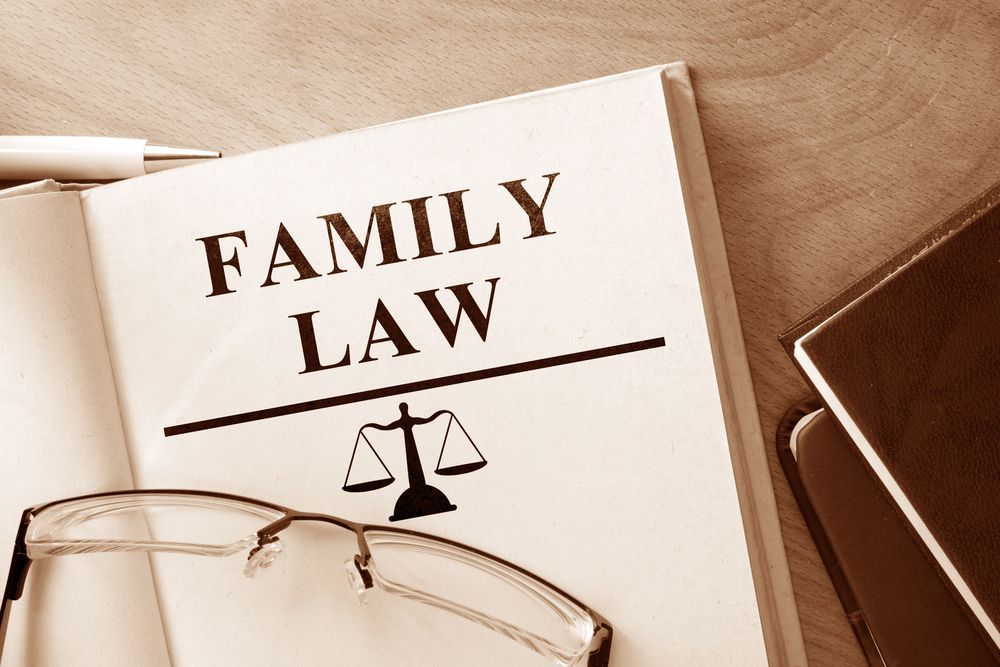Easy Steps to File a Discrimination Complaint
Facing discrimination can be a deeply distressing experience. Whether it occurs at work, in public places, or anywhere else, it's important to know that there are steps you can take to address it. Knowing how to file a discrimination complaint is a key part of standing up for your rights and seeking justice.
Fortunately, the process for filing a discrimination complaint can be straightforward if you follow the right steps. So, we’ll walk you through the easy steps to file a discrimination complaint, helping you navigate the process with confidence and ensuring your concerns are heard.
Understanding What Discrimination Is
Discrimination is treating someone unfairly because of a characteristic like race, gender, age, religion, or disability. These characteristics are called protected classes.
There are several types of discrimination, and it's important to recognize them:
1. Race Discrimination:
Treating someone unfavorably because of their race or the color of their skin.
2. Gender Discrimination: Treating someone unfairly due to their gender, including pregnancy discrimination.
3. Age Discrimination: Treating someone less favorably because of their age, typically protecting those 40 years and older.
4. Religious Discrimination: Treating someone unfavorably because of their religious beliefs.
5. Disability Discrimination: Treating someone unfairly due to a physical or mental disability.
6. Sexual Orientation Discrimination: Discrimination based on someone's sexual orientation, including LGBTQ+ individuals.
Legal protections are in place to prevent discrimination and to safeguard individuals’ rights. The Civil Rights Act of 1964, the Americans with Disabilities Act, and the Age Discrimination in Employment Act are examples of laws that provide protections against discrimination. These laws make it illegal for employers, landlords, and others to treat someone unfairly because they belong to a protected class.
Gathering Evidence and Documentation
Gathering evidence is a vital part of building a strong discrimination case. The evidence you collect should clearly show the discriminatory behavior and how it affected you.
Here are some types of evidence to collect:
1. Emails and Text Messages:
Any written communications that show discriminatory remarks or behavior.
2. Witness Statements: Written accounts from people who saw or heard the discriminatory behavior.
3. Employment Records: Documents like performance reviews, write-ups, or promotions that may show a pattern of unfair treatment.
4. Photographs and Videos: Visual evidence of discriminatory actions or conditions.
5. Medical Records: For cases involving emotional or physical harm due to discrimination.
Documenting incidents effectively involves keeping detailed records of each discriminatory event.
Here are some tips for effective documentation:
1. Write Down Details:
Note the date, time, and location of each incident. Include the names of people involved and any witnesses.
2. Be Specific: Describe what happened in detail and how it made you feel or impacted you.
3. Collect and Save Evidence: Keep copies of emails, texts, and any other documents related to the incidents. Backup digital evidence on multiple storage devices.
By gathering and organizing your evidence methodically, you create a clear and compelling case that supports your claims of discrimination. Proper documentation strengthens your complaint and helps authorities understand the extent of the unfair treatment.
Filing the Complaint
Filing a discrimination complaint requires several steps and an understanding of the appropriate authorities to contact. Depending on where the discrimination took place, the complaint might be filed with a state agency, a federal agency like the Equal Employment Opportunity Commission (EEOC), or another relevant authority.
Steps to file a complaint with the relevant authority:
1. Identify the Right Agency:
Determine if the complaint should be filed with the EEOC, a state civil rights office, or another organization that handles the type of discrimination you experienced.
2. Complete the Required Forms: Obtain and fill out the necessary forms from the chosen agency. These forms will require detailed information about the incident, the parties involved, and any evidence you have.
3. Submit the Complaint: File the completed forms with the agency. This can usually be done online, by mail, or in person.
Timelines and deadlines are crucial when filing a discrimination complaint. For example, the EEOC typically requires that a complaint be filed within 180 days from the date of the discriminatory act. Some states have different deadlines, so it’s important to check the specific requirements in your area.
By following these steps and paying attention to timelines, you can ensure that your complaint is properly filed and promptly addressed by the relevant authorities.
What to Expect After Filing
After filing a discrimination complaint, several steps and outcomes are possible. Understanding these will help you prepare for what comes next.
Possible outcomes and resolutions:
1. Mediation:
Some agencies offer mediation as a first step, where both parties try to reach an agreement with the help of a neutral mediator.
2. Investigation: If mediation isn’t successful or isn’t offered, the agency will investigate your complaint. This can involve interviewing witnesses, reviewing documents, and examining evidence.
3. Findings and Decision: After the investigation, the agency will make a determination. They might find that discrimination occurred and suggest remedies, or they might find insufficient evidence to support your claim.
Preparation for the investigation process involves being ready to provide more detailed evidence and possibly participating in interviews.
Here are some ways to prepare:
1. Stay Organized:
Keep all your evidence and documents in order. Be ready to provide copies if asked.
2. Prepare Your Statement: Be clear about what happened, the impact it had on you, and any evidence that supports your complaint.
3. Be Cooperative: Respond promptly to requests from the investigating agency and attend any required meetings or interviews.
By being prepared and knowing what to expect, you can navigate the investigation process more confidently. This increases your chances of a positive outcome and speeds up the resolution of your complaint.
Your Guide to Filing a Discrimination Complaint in a Few Easy Steps
Facing discrimination is challenging, but knowing how to handle it can make a big difference. Understanding the different types of discrimination, gathering strong evidence, and filing your complaint properly are all key steps in seeking justice. Being prepared for the investigation process helps you stay calm and focused, which can lead to a fair resolution.
Each step in this journey is essential for protecting your rights and ensuring that the discrimination you faced is addressed. By taking action, you stand up for yourself and contribute to a fairer and more inclusive environment for others.
If you believe you have been discriminated against and need help with your case, contact Veronica M. Aguilar Law Offices. We are here to guide you through every step of the process and fight for your rights. Don't wait—reach out to our civil litigation lawyers in San Diego today for expert legal support.












